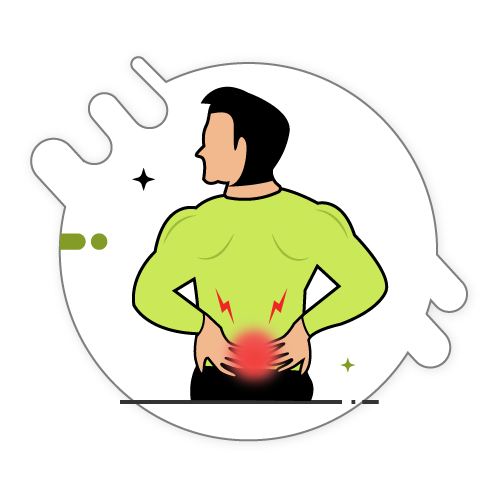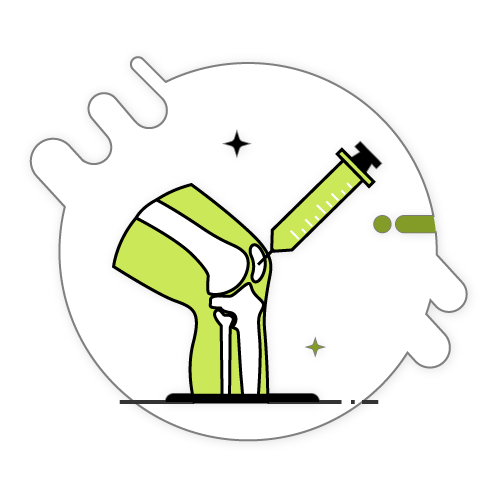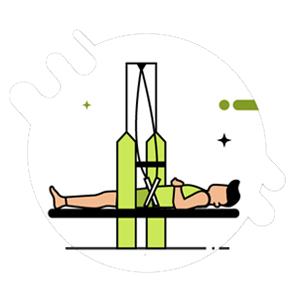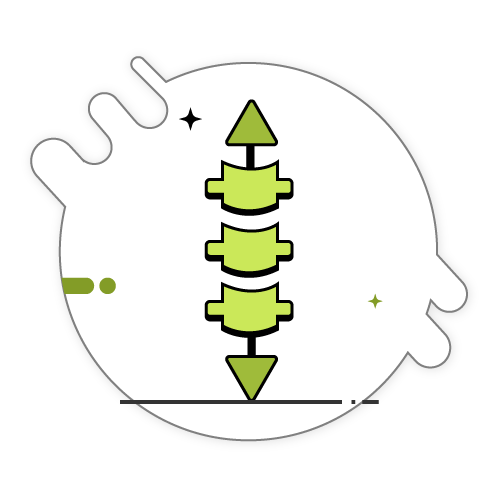Cupping Therapy
What is Cupping Therapy?
Cupping therapy is an ancient form of Alternative medicine in which a therapist puts special cups on your skin for a few minutes to create suction. Cupping therapy dates back to ancient egyptian, Chinese and Middle Eastern Cultures.

Fun Fact
There is evidence that cupping originated in ancient Egyptian, Chinese, and Middle Eastern cultures.
How Does Cupping Work?
Removing the air inside a cup creates a vacuum. This causes your skin to rise and redden as your blood vessels expand. This suction is thought to improve the flow of energy in the body and facilitate healing. Cupping increases blood circulation to the area where the cups are placed. This may relieve muscle tension, which can improve overall blood flow and promote cell repair. It may also help form new connective tissues and create new blood vessels in the tissue.
People use cupping to complement their care for a host of symptoms and conditions. A 2018 review of studies noted that cupping therapy has reported benefits for a variety of conditions that can be categorized as either localized or systematic diseases.
According to the 2018 review, the effects of cupping therapy include:
 promoting the skin’s blood flow
promoting the skin’s blood flow changing the skin’s biomechanical properties
changing the skin’s biomechanical properties increasing pain thresholds
increasing pain thresholds
 improving local anaerobic (without oxygen) metabolism
improving local anaerobic (without oxygen) metabolism reducing inflammation
reducing inflammation boosting cellular immunity
boosting cellular immunity
What do we use Cupping for at Advanced Spine & Posture?
Cupping has been used to treat a wide variety of conditions. It may be particularly effective at easing conditions that create muscle aches and pains.
Since the cups can also be applied to major acupressure points, the practice is possibly effective at treating digestive issues, skin issues, and other conditions commonly treated with acupressure.
Cupping therapy may help with the following conditions, among others:
 lower back pain
lower back pain neck and shoulder pain
neck and shoulder pain headache and migraine
headache and migraine knee pain
knee pain shingles
shingles facial paralysis
facial paralysis cough and dyspnea
cough and dyspnea acne
acne
 lumbar disc herniation
lumbar disc herniation cervical spondylosis
cervical spondylosis brachialgia, the pain produced by a trapped nerve in the neck
brachialgia, the pain produced by a trapped nerve in the neck carpal tunnel syndrome
carpal tunnel syndrome hypertension
hypertension diabetes mellitus
diabetes mellitus rheumatoid arthritis
rheumatoid arthritis asthma
asthma
What should I expect during a cupping treatment?
- Your Physical therapist will ask you what symptoms you’ve been experiencing, likely taking a detailed health history if this is your first time visiting them.
- The therapist will place cups on your skin.
- You’ll feel a sucking sensation and pressure as the cups are suctioned.
- The practitioner may use heat or suction alone to place the cups.
- Depending on the type of cupping, the practitioner may leave you to rest for a few minutes before they return to remove the cups.
- Your skin may turn red and show light bruising after your session.
Where will my practitioner place the cups?
Cups are most often applied to the:
 back
back chest
chest abdomen
abdomen
 buttocks
buttocks legs
legs
How long will my session last?
With dry cupping, the cup is kept in place for a set time, usually between 5 and 10 minutes.
Running cupping usually involves the application of oil before the use of suction. Then the cups are slowly moved around the area, creating a massage-like effect. Depending on the kind of service you’re receiving, your session could last anywhere from 10 minutes to an hour or more.
When it comes to flash cupping, the cups are quickly suctioned and then released, usually in the same generalized area of the body. This is usually a 5 to 10 minute process as well.
Side effects
There aren’t many side effects associated with cupping. The side effects you may experience typically occur during your treatment or immediately after, such as:
- circular marks where the cups have been
- discoloration
- dizziness
How long will it take for cupping marks to disappear?
Any discoloration or marks from cupping usually go away within 7 days of the session.
Things to keep in mind
Cupping isn’t recommended for everyone. Don’t use cupping if you use blood thinners or have an internal organ disorder. Cupping shouldn’t be done on veins, arteries, nerves, lesions, or lymph nodes. Most medical professionals don’t have training or background in complementary and alternative medicine. Cupping is a long-practiced treatment that may help ease the symptoms of both temporary and chronic health conditions.
Schedule an examination with one of our physical therapists to find out if cupping can be used as a complement to your treatment plan.
Contact Us Today!
Our comprehensive evaluation and custom treatment plans are designed to deliver results.
Don't wait. Schedule today!





